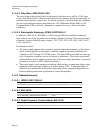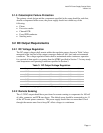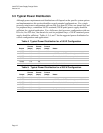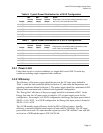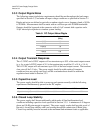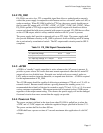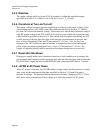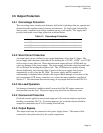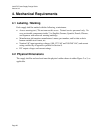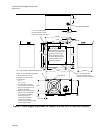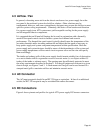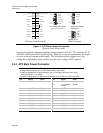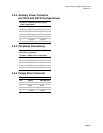Intel ATX Power Supply Design Guide
Version 0.9
Page 18
3.4.5 Risetime
The output voltages shall rise from <10% of nominal to within the regulation ranges
specified in Section 3.2.1 within 0.1 ms to 20 ms (0.1 ms ≤ T
2
≤ 20 ms).
3.4.6 Overshoot at Turn-on/Turn-off
The output voltage overshoot upon the application or removal of the input voltage, or the
assertion/deassertion of PS_ON#, under the conditions specified in Section 3.1, shall be
less than 10% above the nominal voltage. There must be a smooth and continuous ramp of
each DC output voltage from 10% to 90% of its final set point within the regulation band,
while loaded as specified in Section 3.3. The smooth turn-on requires that during the 10%
to 90% portion of the rise time, the slope of the turn-on waveform must be positive and
have a value of between 0 V/ms and [Vout,nominal] V / 0.1 ms. Also, for any 5 ms
segment of the 10% to 90% rise-time waveform, a straight line drawn between the end
points of the waveform segment must have a slope ≥ [Vout,nominal] V / 20 ms. No
voltage of opposite polarity shall be present on any output during turn-on or turn-off.
3.4.7 Reset after Shutdown
If the power supply latches into a shutdown state due to fault condition on its outputs, the
power supply shall return to normal operation only after the fault has been removed and the
PS_ON# (or AC input) has been cycled OFF/ON with a minimum OFF time of 1 second.
3.4.8 +5VSB at AC Power Down
After AC power is removed, the +5VSB standby voltage output should remain at its steady
state value for the minimum holdup time specified in Section 3.3.8 until it begins to
decrease in voltage. The decrease shall be monotonic in nature, dropping to 0.0 V. There
shall be no other perturbations of this voltage at or following removal of AC power.



